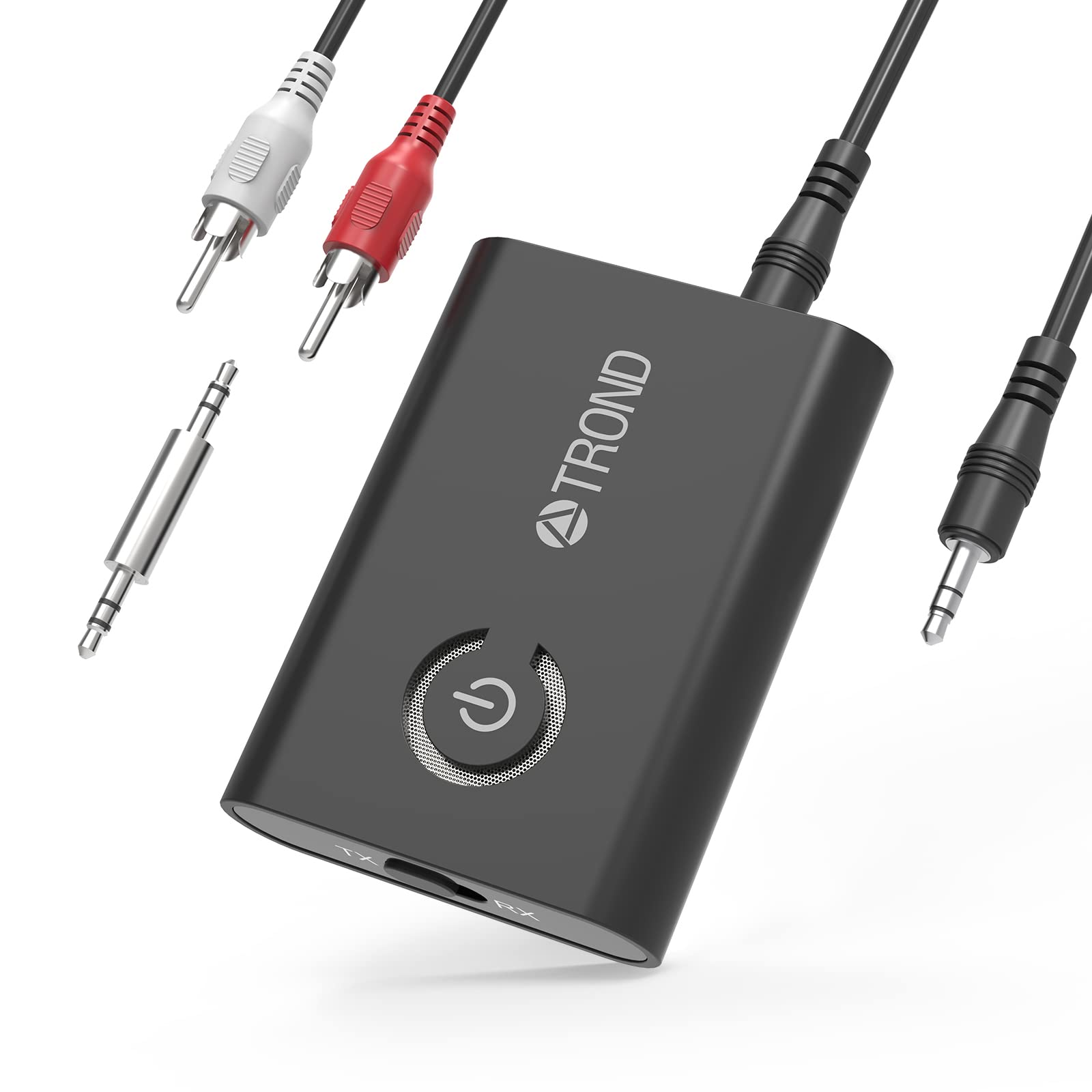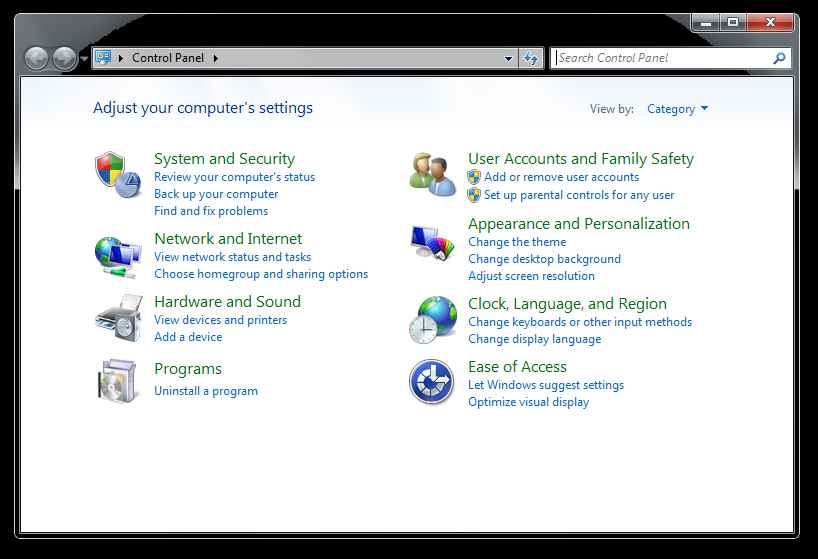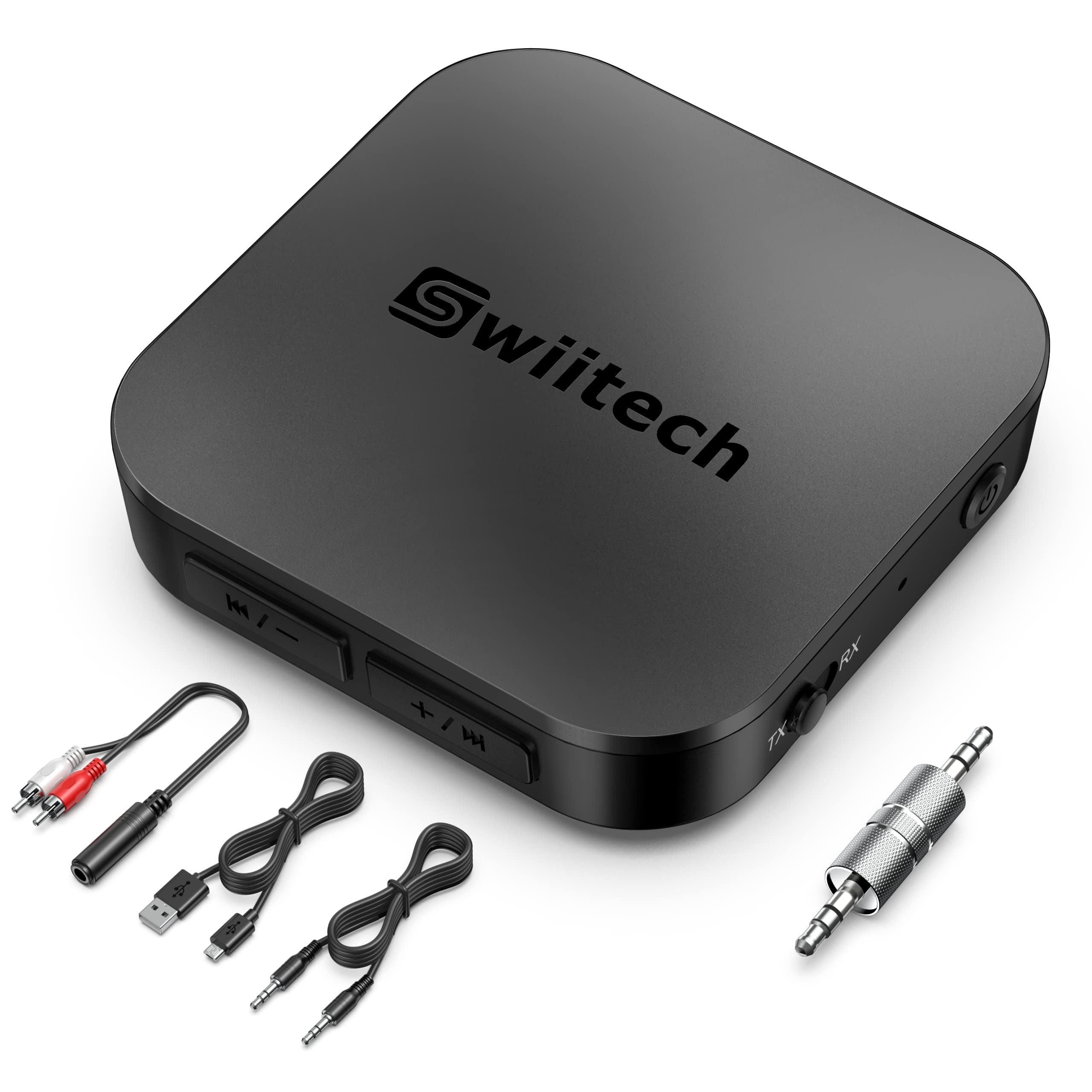Welcome to the world of hassle-free audio connections! In this article, we will delve into the realm of Bluetooth transmitter pairing troubleshooting, helping you unlock the secrets behind seamless wireless connections. Say goodbye to frustrating pairing issues, as we guide you through the troubleshooting process and empower you to enjoy your favorite music without any interruptions. Let’s dive in and conquer the Bluetooth pairing challenge together!
Troubleshooting Bluetooth Pairing Failures
If you’re experiencing difficulties pairing your Bluetooth transmitter with other devices, follow these steps to troubleshoot the issue:
1. Power on your Bluetooth transmitter and ensure it is in pairing mode. Refer to the device’s manual for instructions on how to enter pairing mode.
2. On the device you want to pair with, navigate to the Bluetooth settings and search for available devices.
3. Locate your Bluetooth transmitter in the list of available devices. If it doesn’t appear, ensure that both devices are within range and that there is no interference from other electronic devices.
4. Select your Bluetooth transmitter from the list and initiate the pairing process. Follow any on-screen instructions, if applicable.
5. If the pairing fails, try resetting your Bluetooth transmitter to its factory default condition. Refer to the device’s manual for instructions on how to do this.
6. Once your Bluetooth transmitter is reset, repeat steps 2-4 to attempt the pairing again.
Remember to consult the user manual of your specific Bluetooth transmitter for more detailed instructions. For further assistance, visit our support page on TechShift.net.
Common Issues Preventing Bluetooth Connections
- Device compatibility: Ensure that both the Bluetooth transmitter and receiver devices are compatible with each other.
- Outdated firmware: Check for firmware updates for your Bluetooth transmitter and receiver to ensure compatibility and optimal performance.

- Distance limitations: Bluetooth connections have a limited range, so ensure that the transmitter and receiver are within the recommended distance for a stable connection.
- Interference from other devices: Bluetooth signals can be affected by interference from other devices such as Wi-Fi routers, microwaves, or cordless phones. Keep these devices away from the Bluetooth transmitter and receiver.
- Enabled airplane mode: Make sure that neither the transmitter nor the receiver device is in airplane mode, as this can disable Bluetooth functionality.
- Low battery: Insufficient battery power can cause Bluetooth connection issues. Ensure that both devices have enough charge to establish a stable connection.
- Bluetooth visibility: Check if the Bluetooth transmitter or receiver is set to “discoverable” or “visible” mode, allowing other devices to detect it.
- Driver issues: Update the drivers for your Bluetooth transmitter and receiver devices to the latest version, as outdated drivers can cause connection problems.

- Pairing errors: If the Bluetooth transmitter and receiver fail to pair, try unpairing them and then re-pairing them again to establish a fresh connection.
- Bluetooth device memory: Clear the memory of both the transmitter and receiver devices, as too many stored connections can create conflicts and prevent new connections.

Resolving Problems with Bluetooth Multipoint Pairing
If you’re experiencing issues with Bluetooth multipoint pairing, follow these troubleshooting steps to resolve the problem:
1. Ensure that both devices, such as your phone and Bluetooth headphones, are Bluetooth 2.1 compatible.
2. Check for any iconValue or iconIndex conflicts on the devices’ screens. If there are any conflicts, resolve them by following the on-screen instructions.
3. If you’re using an FM transmitter, make sure the FM button is pressed to switch to the FM mode.
4. For Avantree Transmitter, check the LED indicator to confirm if it’s in pairing mode. If not, press and hold the pairing button until it enters pairing mode.
5. Reset your devices to their factory default conditions if all else fails. This can be done by referring to the user manual or searching for instructions online.
By following these steps, you should be able to troubleshoot and resolve any Bluetooth multipoint pairing problems you may be facing. For further assistance, refer to the supportIcons page or contact our support team.
Dealing with Access Restrictions on Doityourself.com
If you’re experiencing access restrictions on Doityourself.com while troubleshooting Bluetooth transmitter pairing issues, follow these steps:
1. Ensure your Bluetooth transmitter is in pairing mode. Look for the Bluetooth iconValue on your device or consult the user manual for instructions on how to activate pairing mode.
2. Check if there are any conflicting devices nearby. Move away from other Bluetooth transmitters or devices that may be causing interference.
3. Verify that your Bluetooth transmitter is compatible with the device you’re trying to pair it with. Refer to the user manual or product specifications to ensure compatibility.
4. Try resetting your Bluetooth transmitter to its factory default condition. Look for the factory reset instructions in the user manual.
5. If you’re still having trouble, consider using a different Bluetooth transmitter or contacting customer support for further assistance.
Remember, troubleshooting Bluetooth pairing problems can vary depending on the specific device and situation. For more detailed instructions and support, visit TechShift.net or consult the user manual of your Bluetooth transmitter.






